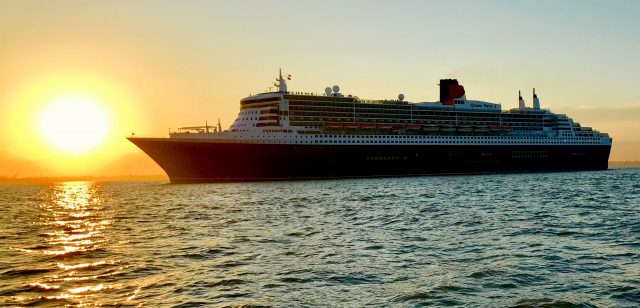Can cruising go from Covid scapegoat to pandemic hero?
2020-07-20In terms of economic and reputational damage, travel was the first industrial sector to fall victim to the coronavirus and is expected to be the last to recover.
And among travel products, none has taken a harder reputational hit than cruising.
But recently, a path to reputation restoration has opened, and with it the possibility that cruising may even be credited with funding advances related to epidemiology.
Crises of the magnitude of Covid-19 spur a binary result for enterprises: innovation or collapse. And the high degree of risk posed to cruise lines is measurable, reflected in the cost of the loans and investments they arranged to ensure midterm liquidity.
But signs have emerged that cruising will not only survive but even offer a case study of exemplary crisis management. Such a narrative might go like this:
When the initial reports of the virus came out of Wuhan, China, they were frightening but distant, clouded by medical unknowns and shrouded by official silence and secrecy.
A clearer, though far from complete account emerged from the disease’s devastating impact on a cruise ship quarantined dockside in Japan. For more than two weeks, the attention of the world focused on a microcosm of an emerging pandemic. The setting — the Diamond Princess — became a metaphor for contagion and fear. Every new and morbid development was broadcast worldwide.
How does a product that has never been universally embraced — it has devoted followers, but still struggles against outdated stereotypes and a persistent chorus of critics — overcome the stinging characterization of being a “petri dish” of infection?
Even within the travel ecosystem, cruising’s situation seemed particularly dire. Aviation and hospitality had been struck devastating blows; individual brands are still endangered. But because these sectors never stopped operating, enhanced protocols for sanitation were formulated and deployed quickly.
Compared with cruising, these are relatively simple operations. Airline passengers occupy just a few cubic feet of space over a brief period of time. Service is minimal.
Hotels are more complex, but they don’t move around and are typically surrounded by a community of supportive services.
A portion of cruising mirrors hotel operations, and like aircraft, ships move through multiple regulatory jurisdictions. But cruise companies also run shore excursions, manage private islands and maintain myriad public spaces, restaurants and recreational opportunities. They house staffs as well as guests. Maritime engineering and architecture bring additional challenges. And ships must be self-contained, often isolated from support for days.
It’s the sheer number of issues cruising must address that may ultimately give it its halo. Travel Weekly news editor/acting cruise editor Johanna Jainchill and I interviewed former secretary of Health and Human Services (and three-time Utah governor) Mike Leavitt, former Food and Drug Administration commissioner Dr. Scott Gottlieb, Royal Caribbean Cruises Ltd. chairman Richard Fain and Norwegian Cruise Line Holdings CEO Frank Del Rio last week on a Zoom call to discuss a panel they assembled to develop health and sanitation protocols.
The panel comprises working groups. One, for example, will recommend how to operate a safe shore excursion, breaking it down to components in order to minimize the possibility of introducing the virus from a port onto a ship.
Fain and Del Rio expressed willingness to share what they discover with other cruise lines, and Gottlieb noted that, because the challenges of cruising are diverse, the work done by the panel may have applications in other industries.
If so, the petri dish metaphor could be replaced by the image of a ship as a bubble of protection, an environment, as Gottlieb put it, of “exquisite control” that poses less threat than a land vacation.
Should this vision be realized, the extended No Sail Order may ultimately be viewed as an unintended blessing. The lines not only have the time to get it right but to emerge from the crisis as innovators and responsible corporate citizens.
It’s not a far-fetched outcome. There’s a parallel in the oft-cited challenge Tylenol faced in 1982 when cyanide was put, seemingly randomly, into bottles of the pain reliever on shelves of Chicago-area stores. Seven people died, and the brand became associated with fear and death.
At a cost of $100 million, the company recalled and destroyed all existing bottles of the drug and developed the multilayered, tamper-proof seals that have become standard for the industry. But more than that, manufacturer Johnson & Johnson was credited with putting values over profit. Confidence in Tylenol was restored and, as importantly, trust in the entire company was enhanced.
As noted above, cruising is a complex product. There are still hurdles to overcome, and the recruitment of big names for a blue-ribbon panel is not enough to ensure success. But after speaking with Del Rio, Fain, Gottlieb and Leavitt, I’m encouraged that if they follow through on their commitments for passenger safety, the industry will not only recover but may receive due credit in the annals of health and crisis management.
Courtesy of Travel Weekly


